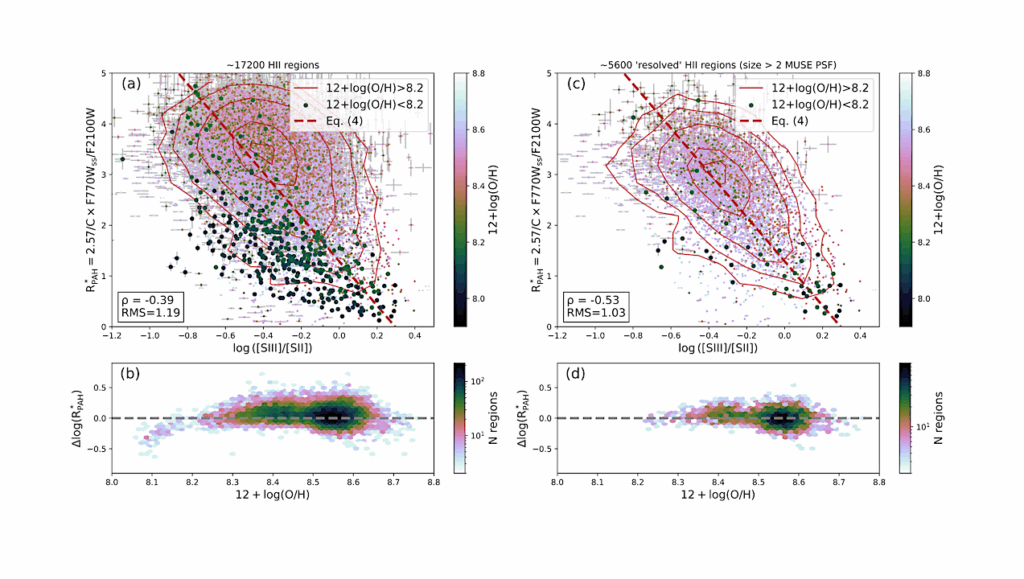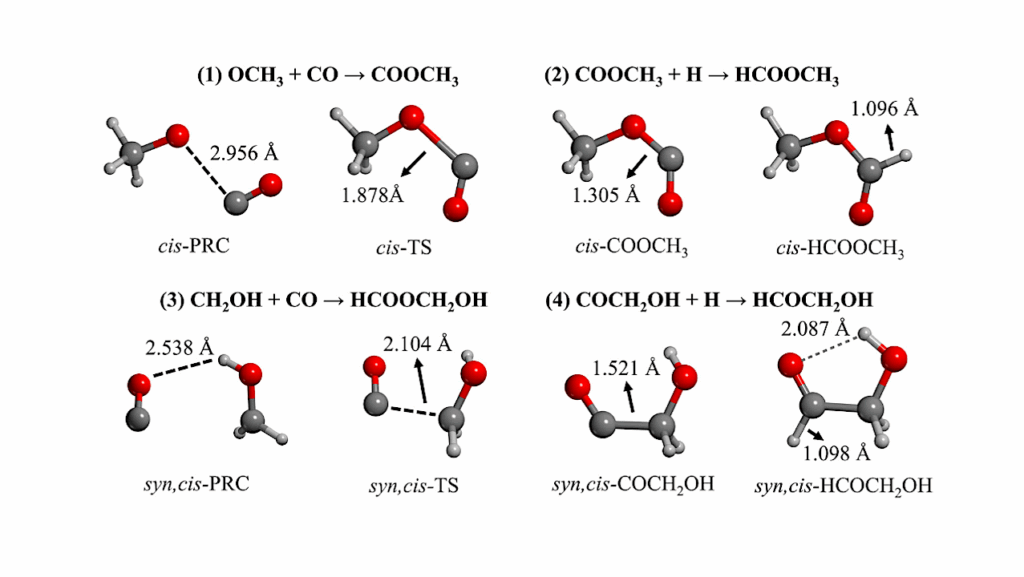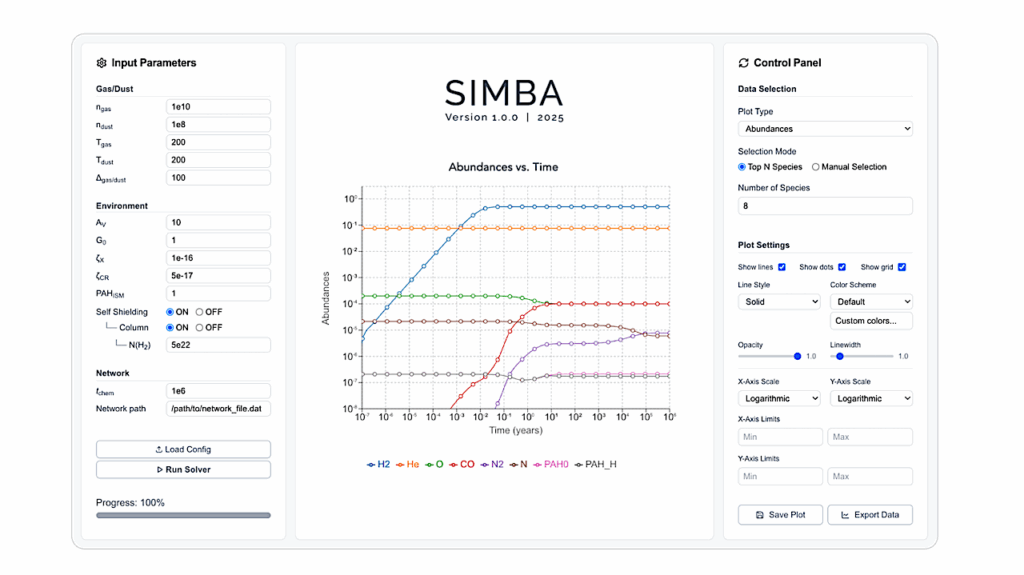Water Ice: Temperature-dependent Refractive Indexes And Their Astrophysical Implications

Inter- and circumstellar ices are largely composed of frozen water. Therefore, it is important to derive fundamental parameters for H2O ice such as absorption and scattering opacities for which accurate complex refractive indexes are needed.
Aims. The primary goal of the work presented here is to derive ice-grain opacities based on accurate H2O ice complex refractive indexes at low temperatures and to assess the impact this has on the derivation of ice column densities and porosity in space. Methods. We use the optool code to derive ice-grain scattering and absorption opacity values based on new and previously reported mid-IR complex refractive index measurements of H2O ice, primarily in its amorphous form, but not exclusively. Next, we use those opacities in the RADMC-3D code to run a radiative transfer simulation of a protostellar envelope containing H2O ice, which is then used to calculate water ice column densities.
Results. We find that the real refractive index in the mid-IR of H2O ice at 30 K is ∼14% lower than previously reported in the literature. This has a direct impact on the ice column densities derived from the simulations of embedded protostars. Additionally, we find that ice porosity plays a significant role in the opacity of icy grains and that the H2O libration mode can be used as a diagnostic tool to constrain the porosity level. Finally, the refractive indexes presented here allow us to estimate a grain size detection limit of 18 µm based on the 3 µm band whereas the 6 µm band allows tracing grain sizes larger than 20 µm. C
onclusions. Based on radiative transfer simulations using new mid-IR refractive indexes, we conclude that H2O ice leads to more absorption of infrared light than previously estimated. This implies that the 3 and 6 µm bands remain detectable in icy grains with sizes larger than 10 µm. Finally, we propose that also the H2O ice libration band can be used as a diagnostic tool to constrain the porosity level of the interstellar ice, in addition to the OH dangling bond, which is now routinely used for this purpose.
W. R. M. Rocha, M. G. Rachid, M. K. McClure, J. He, H. Linnartz
Comments: Accepted for publication in A&A, 12 pages, 15 figures
Subjects: Instrumentation and Methods for Astrophysics (astro-ph.IM); Earth and Planetary Astrophysics (astro-ph.EP)
Cite as: arXiv:2308.12379 [astro-ph.IM] (or arXiv:2308.12379v1 [astro-ph.IM] for this version)
Submission history
From: Will Robson Monteiro Rocha
[v1] Wed, 23 Aug 2023 18:47:01 UTC (6,805 KB)
https://arxiv.org/abs/2308.12379
Astrobiology, Astrochemistry








